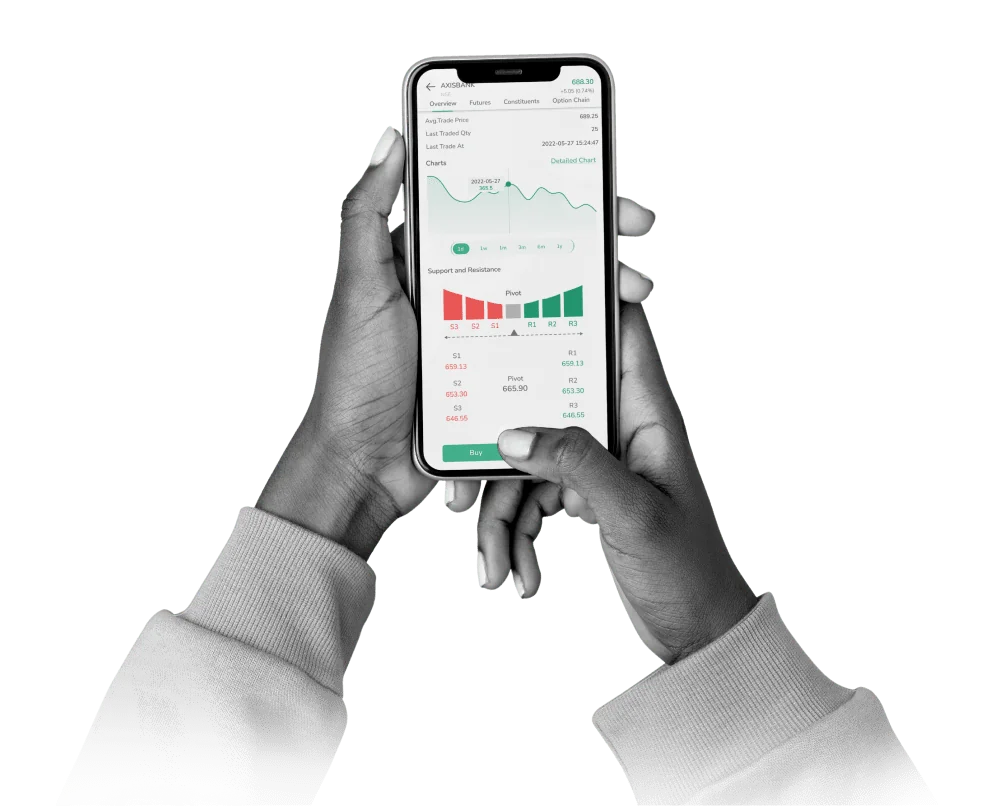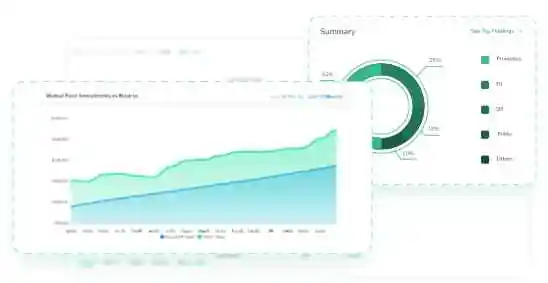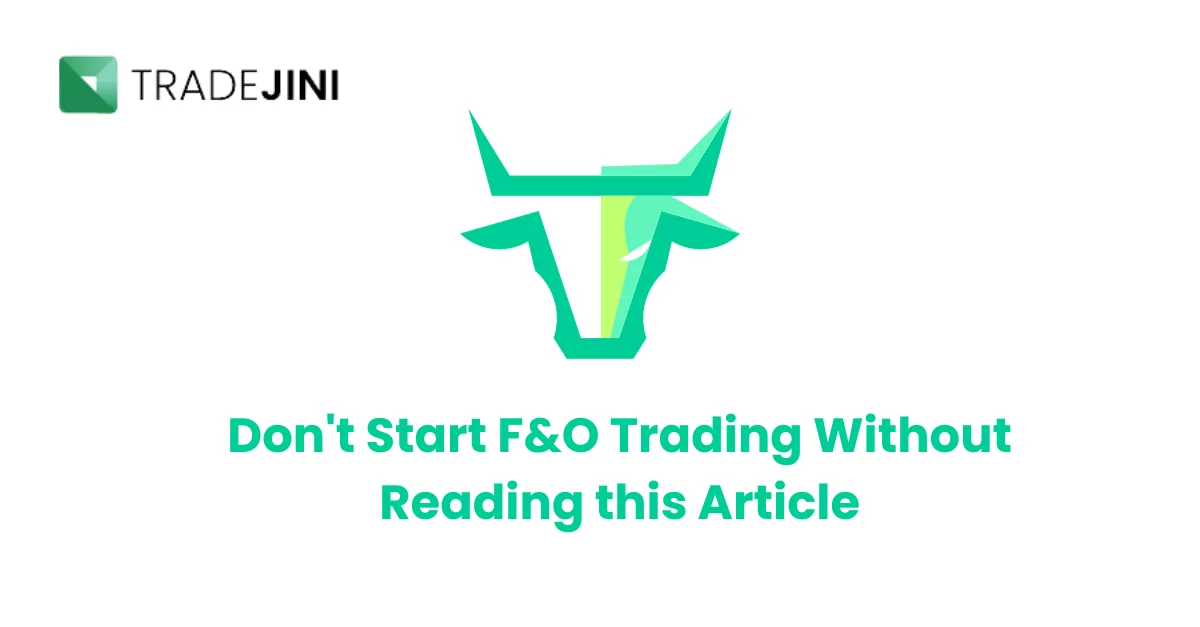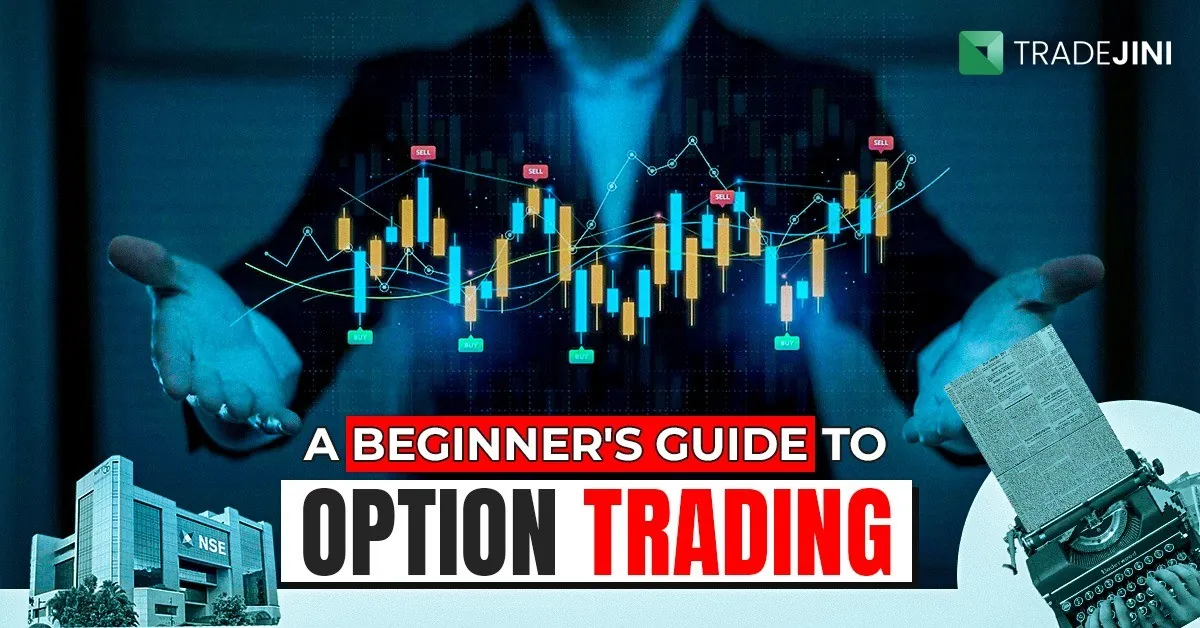Hey there! Before you take the plunge into the dynamic world of Futures and Options (F&O) trading in India, did you know that the F&O segment of the National Stock Exchange (NSE) witnessed a whopping daily average turnover of over ₹30 lakh crore in 2021? That’s a clear indicator of the immense activity and interest in this field. But remember, with great opportunities come great responsibilities (and risks!). So, let's make sure you're well-equipped with the right knowledge before you start trading.
ABCs of F&O Trading
First off, let's break down what F&O trading really means.
- Futures: Imagine you're making a deal today to buy or sell an asset at a future date, at a price you agree upon now. That's essentially what a 'Futures' contract is. It's a standardized legal agreement, traded on the exchange, obligating you to buy or sell an underlying asset at a predetermined future date and price.
- Options: Now, think of Options as a ticket to a cricket match. This ticket gives you the right, but not the obligation, to buy or sell an asset. In the world of F&O, this 'asset' could be stocks, indices, or commodities. You pay a 'premium' for this right, just like you'd pay for the ticket. If on the day of the match (or in our case, the expiration date of the option), you decide not to go, all you lose is the ticket price (the premium).
Key Terminologies and Concepts
Being new to F&O trading can sometimes be overwhelming especially with the new terms, jargons, etc., that you are going to come across. Understanding some key terms will make your journey smoother:
- Strike Price: This is like the fixed price at which you agree to buy or sell the asset in the future. Think of it as agreeing on a fixed price for a car you'll buy or sell next month.
- Contract Size: Every F&O contract has a specific size - the number of shares or assets it represents. It's like buying vegetables in kilograms; here, the 'kilogram' is your contract size.
- Expiration Date: This is the last day on which the contract is valid. After this day, the contract ceases to exist, much like how your cricket match ticket is worthless after the match day.
- Premium: In the context of options, this is the cost of acquiring the option. It's like the advance payment or booking amount you pay, which changes based on various factors like the asset's price, time until expiration, and market volatility.
- Call and Put Options: 'Call' gives you the right to buy an asset, and 'Put' gives you the right to sell. It’s like having a ‘first dibs’ ticket - either to claim something you want (Call) or to return something you don’t need (Put).

Why Trade in F&O?
You might be wondering, "Why should I consider trading in F&O when there are simpler options like stocks?" Well, here's the catch:
- Leverage: F&O trading allows you to control large positions with a relatively small amount of capital. It's like controlling a big plot of land with just a small down payment. But remember, with great power comes great responsibility (and risk!).
- Hedging: Imagine you own a bunch of shares, and you're worried about their value dropping. By using F&O, you can 'hedge' or protect your portfolio against potential losses. It's like taking out an insurance policy for your investments.
- Speculation: If you have strong views on market direction or volatility, F&O allows you to put your predictions to the test. But tread carefully; it's not just about intuition but also about informed decision-making.
- Risks Involved: Let's not sugarcoat it – F&O trading can be risky. The leverage that allows for big profits can also lead to significant losses, especially if the market moves against you. It's like playing a high-stakes game; the rewards can be great, but so can the losses.
Preparing for F&O Trading
It’s better to start F&O trading only when you are equipped with a good amount of knowledge, have practiced enough and mentally prepared to face the market. Make sure you have checkmarked all the below pointers before you start trading.
- Understand the Market: Keep a close eye on market trends and news. Platforms like Moneycontrol, Economic Times, and NSE India are great for staying updated.
- Choosing the Right Broker: Select a broker who offers a robust trading platform, reasonable brokerage fees, and good customer support. It's like choosing a reliable co-pilot for your trading journey.
- Setting Up a Trading Account: Once you’ve chosen a broker, you’ll need to set up a trading account. This usually involves submitting KYC documents and fulfilling other regulatory requirements.
Strategies for Successful F&O Trading
When venturing into the world of F&O trading, a solid risk management strategy is your first line of defense. Imagine yourself on a tightrope; your risk management plan is the safety net below, ready to catch you if you stumble. This is where stop-loss orders come into play. They're not just a tool but a crucial part of your trading arsenal, designed to cap your potential losses and prevent financial freefalls. Setting these orders helps you define your risk tolerance and keeps your trading journey within the bounds of safety.
Starting small in F&O trading is another strategic move, especially for beginners. It's akin to testing the waters before diving in. By beginning with smaller trades, you allow yourself the room to learn and understand the market dynamics without the pressure of significant capital at risk. As the old saying goes, "Don't put all your eggs in one basket." This approach not only minimizes your initial risk but also provides valuable hands-on experience, which is vital in the unpredictable waters of F&O trading.
Lastly, the mantra for sustained success in F&O trading is continuous learning. The market is a living, breathing entity that's constantly evolving, and staying abreast of these changes is key. Engaging in ongoing education through courses, webinars, and books is not just beneficial; it's essential. The National Stock Exchange’s certification in financial markets (NCFM), for instance, offers comprehensive modules on F&O trading. These educational resources are not just about gaining knowledge; they're about staying relevant and sharp in a highly competitive field.
Common Pitfalls in F&O Trading and How to Dodge Them
Here's a twist: Instead of just listing down the pitfalls, let's frame them as FAQs – the kind of questions you might actually have in mind:
Q1: "I'm thinking of going all-in on my first trade. Good idea?"
Going All-In Risks: The thrill might be tempting, but the risk of losing everything in one go is real. Start small, learn the ropes, and gradually increase your exposure.
Q2: "Can't I just follow my gut feelings when trading?"
Emotional Trading Traps: Trading on impulse or emotions is a common pitfall. Develop a trading plan based on research and analysis, not just gut feelings.
Q3: "Do I really need a stop-loss? Can't I just watch the market?"
The Necessity of Stop-Loss Orders: Without stop-losses, you're essentially gambling. They're your safety net, protecting you from sudden market downturns.

Advanced Topics in F&O Trading
Options Pricing Models
Ever heard of the Black-Scholes model? It's a complex mathematical model used to calculate the theoretical price of options. Not a light read, but definitely a fascinating one if you're into numbers and finance.
Understanding 'The Greeks'
No, not the philosophers! In F&O, 'The Greeks' (Delta, Gamma, Theta, Vega, Rho) are measures that help you understand how different factors affect the price of an option. They're like the dials on your trading dashboard, showing you how speed, time, and other factors impact your trades.
Futures Curves – Contango and Backwardation
These terms describe the shape of the futures price curve over time. 'Contango' is when futures are priced higher than the expected future spot price, and 'Backwardation' is the opposite. Knowing these can help you anticipate market movements.
Tools and Resources for F&O Traders
Right tools and resources are invaluable for anyone venturing into F&O trading. Did you know about trading simulators? They're like flight simulators for traders, offering a risk-free zone to refine your strategies. This hands-on practice is crucial for building confidence and skill without financial risk.
Then there's the power of technical analysis software. Platforms like Tradejini, TradingView or MetaTrader are game-changers, providing advanced charting and analysis features. They help you decipher market trends and make informed decisions, acting as your guide through the complexities of F&O trading.
Don't forget the treasure trove of online educational resources. Platforms like Investopedia, NSE India, and SEBI's investor education portal are brimming with knowledge. From basic concepts to advanced strategies, these resources are key to staying informed and ahead in the ever-evolving trading landscape.
Final Thoughts and Next Steps
As we round up our exploration of F&O trading, let's play a quick round of "Remember This?":
- Remember the Risks: It's like a game of chess – every move has potential risks and rewards. Always weigh them carefully.
- Remember the Strategies: Like a seasoned captain navigating the seas, use the strategies and tools you've learned to steer through the markets.
- Remember Continuous Learning: The market is a constant rollercoaster of change. Stay updated, stay educated.
What's Next After This Article?
- Practice Makes Perfect: Consider virtual trading platforms to practice your strategies without financial risk.
- Stay Curious: Keep exploring more advanced topics and strategies as you grow more confident in your trading skills.
Additional Resources
To ensure you've got all the tools you need, here's a quick list:
- Books: Titles like "Options as a Strategic Investment" by Lawrence G. McMillan can be a great addition to your library.
- Online Courses: Platforms like Udemy and Coursera offer courses ranging from beginner to advanced levels.
- Podcasts and Webinars: Follow industry experts and listen to podcasts for insights and trends.
Wrapping Up
So there you have it – a comprehensive guide to starting your journey in F&O trading. We've covered the basics, the strategies, the pitfalls, and even taken a peek into the more advanced aspects. Remember, in the world of trading, knowledge is not just power – it's profit and protection. Keep learning, keep practicing, and maybe the next trading success story could be yours! To kick off your journey, visit Tradejini, which we feel can be your ultimate partner for F&O trading!
Thank you for staying with me on this insightful journey. Here's to making informed and successful trades in the world of Futures and Options!



